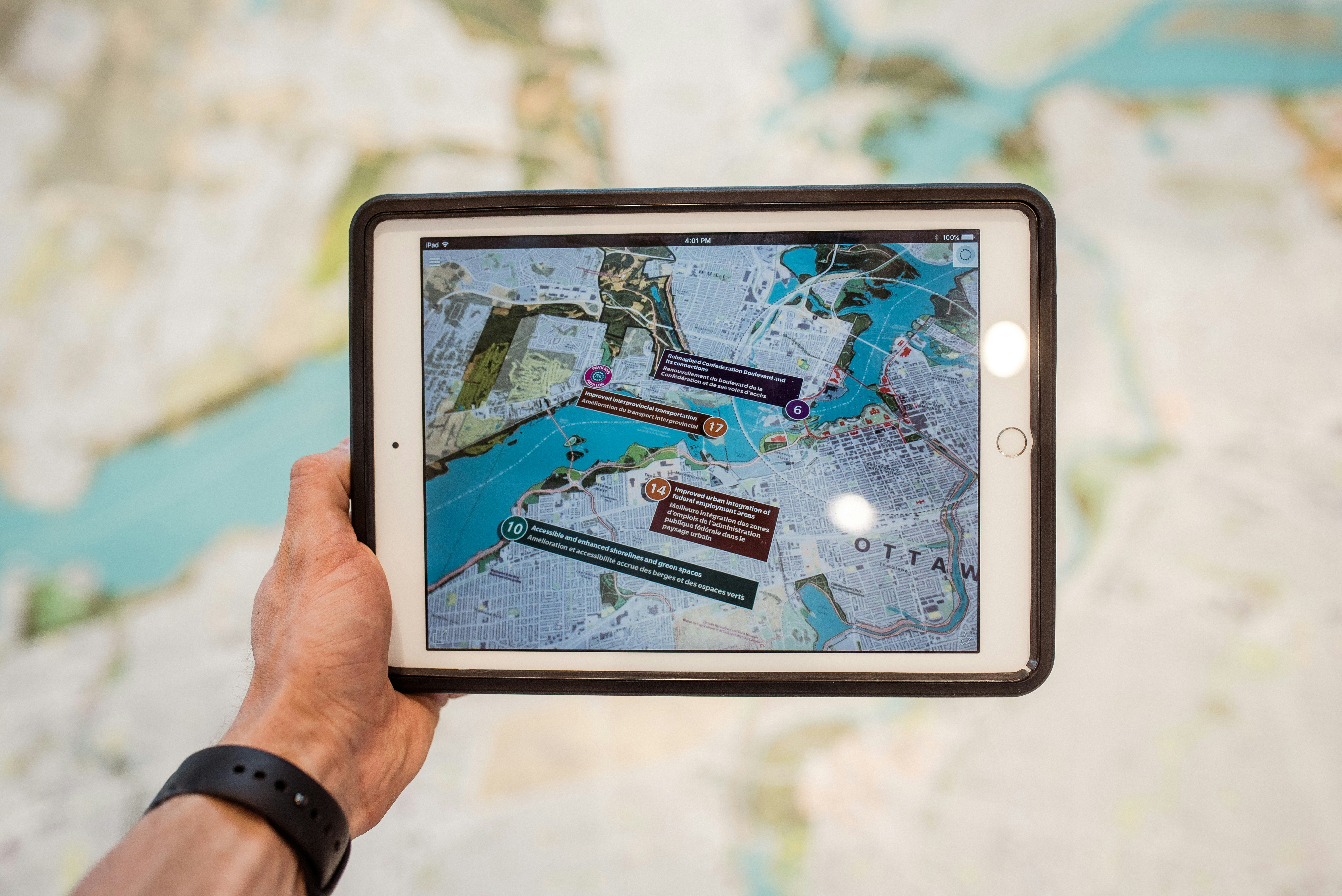The Role of Smart Technologies in Enhancing Traffic Flow and Urban Living
March 12, 2024 | by trafficmeet.com
Welcome to Traffic Meet, a blog dedicated to exploring the complexities of traffic management and urban planning. We are committed to providing insights into the latest trends and technologies in transportation, offering valuable information for professionals and enthusiasts alike. Our goal is to be a hub for sharing knowledge and discussing innovative solutions to improve traffic flow and enhance city living.
As cities continue to grow and populations increase, traffic congestion has become a major concern. It not only leads to frustration and wasted time for commuters but also has negative impacts on the environment and overall quality of life. However, with the advent of smart technologies, there is hope for a more efficient and sustainable future.
The Power of Data
One of the key aspects of smart traffic management is the collection and analysis of data. By utilizing sensors, cameras, and other monitoring devices, cities can gather real-time information about traffic patterns, congestion points, and vehicle movement. This data can then be used to make informed decisions and implement targeted solutions.
For example, traffic signal optimization systems can adjust signal timings based on real-time traffic conditions, reducing delays and improving overall traffic flow. Additionally, predictive analytics can help identify potential bottlenecks and proactively address them before they become major issues.
Intelligent Transportation Systems
Intelligent Transportation Systems (ITS) play a crucial role in enhancing traffic management. These systems integrate various technologies to improve safety, efficiency, and sustainability. Examples of ITS include advanced traffic control systems, electronic toll collection, and dynamic message signs.
One of the key components of ITS is the use of connected vehicles and infrastructure. By enabling vehicles to communicate with each other and with traffic management systems, cities can optimize traffic flow, reduce accidents, and enhance overall transportation efficiency.
The Rise of Autonomous Vehicles
Autonomous vehicles are another exciting development in the world of transportation. While they are still in the early stages of adoption, their potential impact on traffic management cannot be underestimated. Autonomous vehicles have the potential to reduce traffic congestion by improving traffic flow and reducing the number of accidents caused by human error.
Furthermore, autonomous vehicles can be integrated with smart traffic management systems to further enhance efficiency. For example, they can communicate with traffic signals to optimize signal timings and reduce delays.
Collaboration and Engagement
To truly transform traffic management and urban living, collaboration and engagement are essential. It is important for city authorities, transportation agencies, technology providers, and the public to work together to develop and implement smart solutions.
Engaging the public in the decision-making process and educating them about the benefits of smart traffic management can help build support and ensure the successful implementation of these technologies. Additionally, collaboration between different stakeholders can lead to innovative solutions and best practices.
Conclusion
Smart technologies have the potential to revolutionize traffic management and enhance urban living. By harnessing the power of data, implementing intelligent transportation systems, embracing autonomous vehicles, and fostering collaboration and engagement, cities can create a more efficient, sustainable, and livable environment for their residents.
At Traffic Meet, we are dedicated to exploring these possibilities and sharing valuable insights. Join us on this journey as we delve into the complexities of traffic management and urban planning, and discover the innovative solutions that are shaping the future of transportation.
RELATED POSTS
View all

